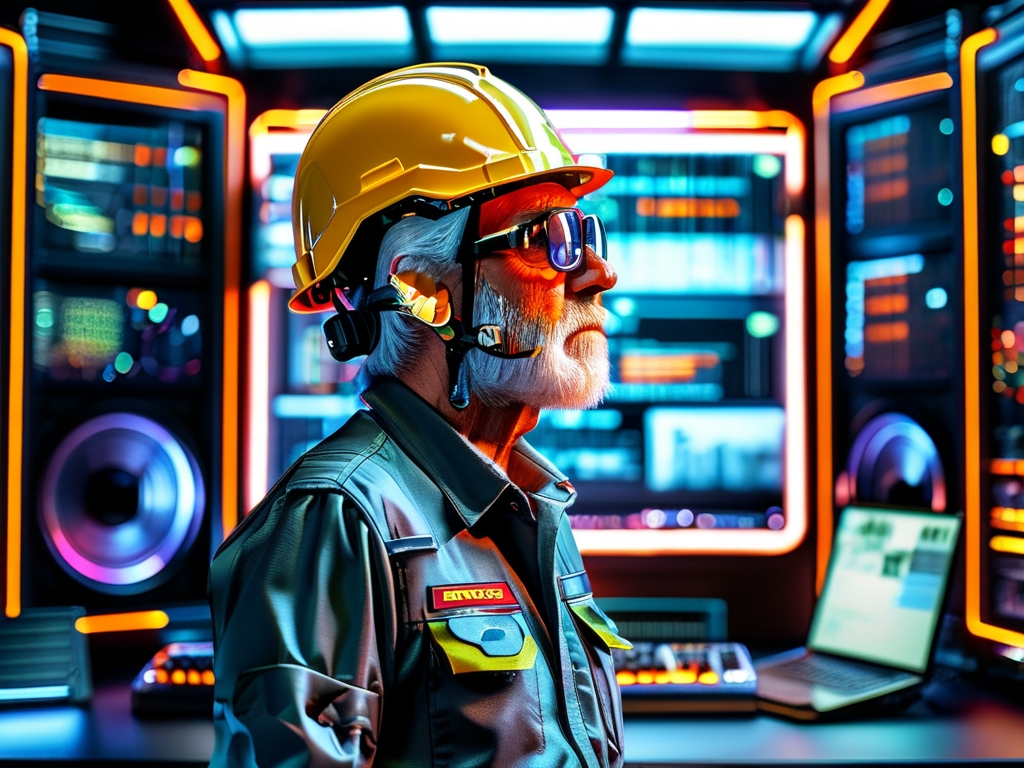The role of a Senior System Architect has always been pivotal in bridging technical vision with business outcomes. By 2025, this role will undergo transformative shifts driven by emerging technologies, evolving organizational needs, and global challenges. This article explores the skills, tools, and strategies that will define the next generation of senior system architects.

1. The Expanding Scope of System Architecture
In 2025, system architects will no longer focus solely on designing robust IT infrastructures. The rise of AI-driven ecosystems, quantum computing, and decentralized systems demands architects to think holistically. For example, integrating quantum-resistant encryption into legacy systems or optimizing hybrid cloud environments for AI workloads will require architects to balance innovation with backward compatibility.
Moreover, the growing emphasis on sustainability adds a new layer of complexity. Architects must now evaluate the carbon footprint of their designs, opting for energy-efficient data centers or edge computing solutions that reduce latency and environmental impact.
2. Key Technological Drivers
AI and Autonomous Systems
AI is no longer a peripheral tool—it is the core of modern architectures. Senior architects will design systems that leverage self-healing networks, predictive analytics, and autonomous decision-making. For instance, an e-commerce platform in 2025 might rely on AI to dynamically allocate server resources during peak traffic, minimizing costs while ensuring seamless user experiences.
Quantum Readiness
Though quantum computing remains in its infancy, forward-thinking organizations are already preparing for its disruption. Senior architects must understand quantum algorithms and their implications for fields like cryptography and optimization. Designing "quantum-ready" systems—such as hybrid classical-quantum databases—will become a critical competency.

Edge-to-Cloud Continuum
The line between edge and cloud will blur further. Architects will orchestrate distributed systems where data processing occurs closer to the source (e.g., IoT devices) while maintaining synchronization with centralized cloud repositories. This demands expertise in 5G/6G networks, real-time data pipelines, and fault-tolerant microservices.
3. Skills Redefining the Role
By 2025, technical prowess alone won’t suffice. Senior architects must cultivate cross-disciplinary skills:
- Business Acumen: Aligning architecture with ROI-driven goals, such as reducing time-to-market or enabling new revenue streams.
- Ethical AI Governance: Ensuring systems comply with regulations like the EU AI Act while mitigating biases in machine learning models.
- Collaborative Leadership: Leading multidisciplinary teams spanning DevOps, cybersecurity, and sustainability experts.
A case in point: Architects at a fintech firm might collaborate with legal teams to design blockchain solutions that adhere to global anti-money laundering (AML) standards.
4. Challenges on the Horizon
Security in a Hyperconnected World
Cyber threats will grow in sophistication. Architects must embed security into every layer of their designs—adopting zero-trust frameworks and AI-powered threat detection. For example, a healthcare system handling sensitive patient data might use homomorphic encryption to enable secure data analysis without exposing raw information.
Managing Technical Debt
Legacy systems will remain a reality for many enterprises. Architects must devise phased modernization strategies, such as containerizing monolithic applications or adopting API-first architectures to ensure scalability.
5. The Human Element
Despite automation, human judgment remains irreplaceable. Architects will act as translators between technical teams and C-suite executives, advocating for investments in future-proof technologies. Soft skills like storytelling—using data to articulate the value of a proposed architecture—will differentiate exceptional leaders.
The year 2025 will redefine what it means to be a senior system architect. Success will hinge on mastering cutting-edge technologies, embracing sustainability, and fostering collaboration across domains. Those who adapt will not only build resilient systems but also shape the digital future of their organizations. As the tech landscape evolves, one truth remains constant: The architect’s ability to balance innovation with practicality will determine their impact.


